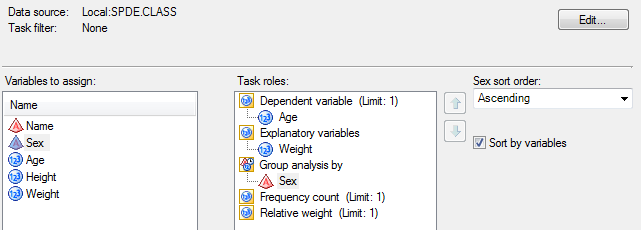
TL;DR The next time that you find yourself writing a PROC SORT step, verify that you're working with the SAS Base engine and not a database. If your data is in a database, skip the SORT! The details: When to skip the PROC SORT step Many SAS procedures allow you

































